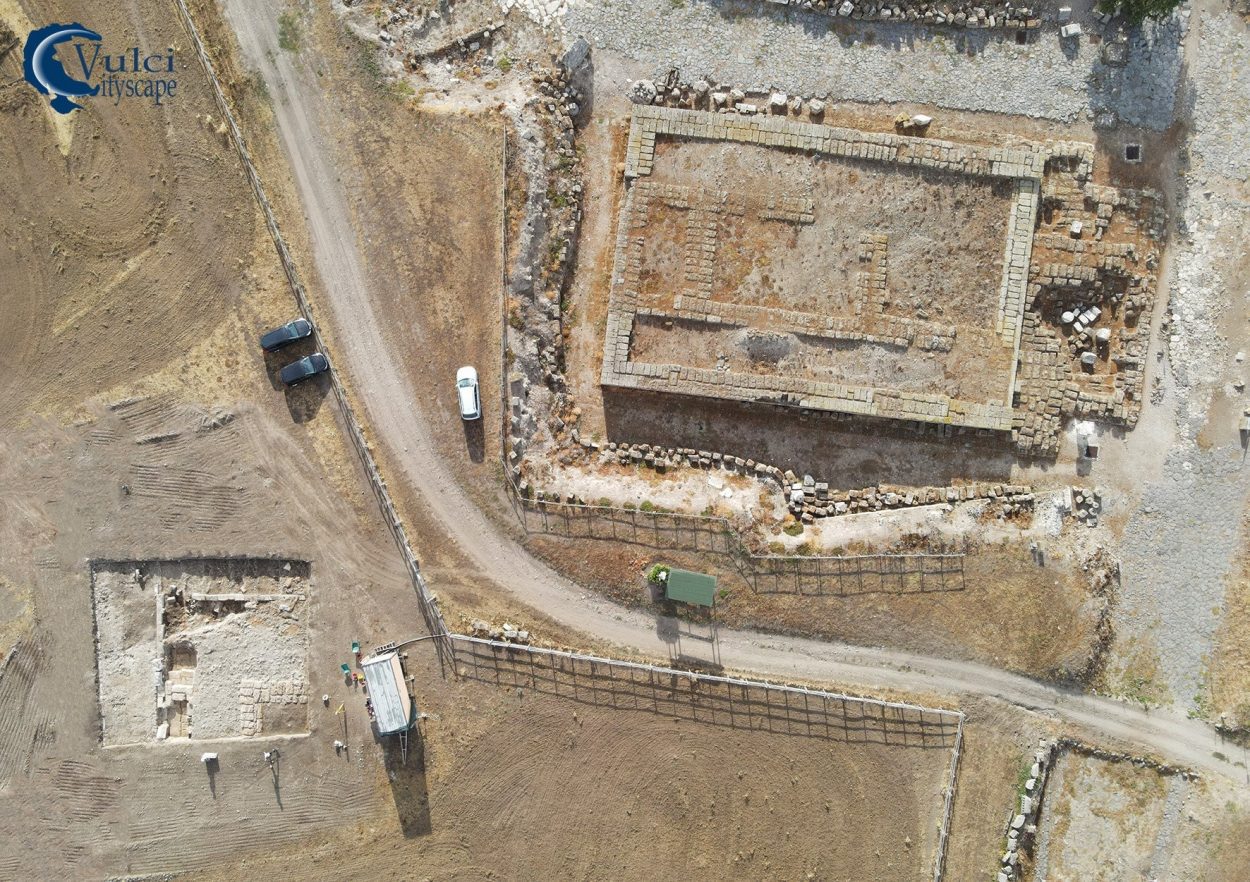Archaeologists from the universities of Freiburg and Mainz have identified a sacred monumental building of the Etruscans near the Tempio Grande in Vulci, Italy.
The Etruscans were an ancient Italic people, considered one of the first great civilisations on the peninsula of Italy that influenced the developing Roman culture.
The Etruscans emerged around 900 BC and established three confederacies of cities, until they were succeeded by the rising Roman Kingdom that spread to dominate the region in the 5th and 4th century BC.
An interdisciplinary team found a large, monumental building, roughly the same size and alignment as the neighbouring Tempio Grande, measuring 45 metres by 35 metres and dates from the end of the sixth or beginning of the fifth century BC.

The temple was first identified during a survey using geophysical prospecting and Ground Penetrating Radar over an area of 3.5 acres to in the northern area of Vulci.
The survey is part of the Vulci Cityscape project, which was launched in 2020 and aimed to research the settlement strategies and urbanistic structures of the city of Vulci. Vulci was one of the twelve cities of the Etruscan federation, and in pre-Roman times was one of the most important urban centres in what is now Italy.
Paul P. Pasieka of the University of Mainz said: “We discovered remains from the city’s origins that had previously been overlooked in Vulci and are now better able to understand the dynamics of settlement and the road system, besides identifying different functional areas in the city.”
“Our knowledge about the appearance and organisation of Etruscan cities has been limited until now,” says Dr. Mariachiara Franceschini of the University of Freiburg. “The intact strata of the temple are offering us insights into more than a thousand years of development of one of the most important Etruscan cities.”
Albert-Ludwigs-Universität Freiburg
Header Image : The view from above shows the position of the newly discovered temple next to the Tempio Grande. Image Credit : Mariachiara Franceschini







